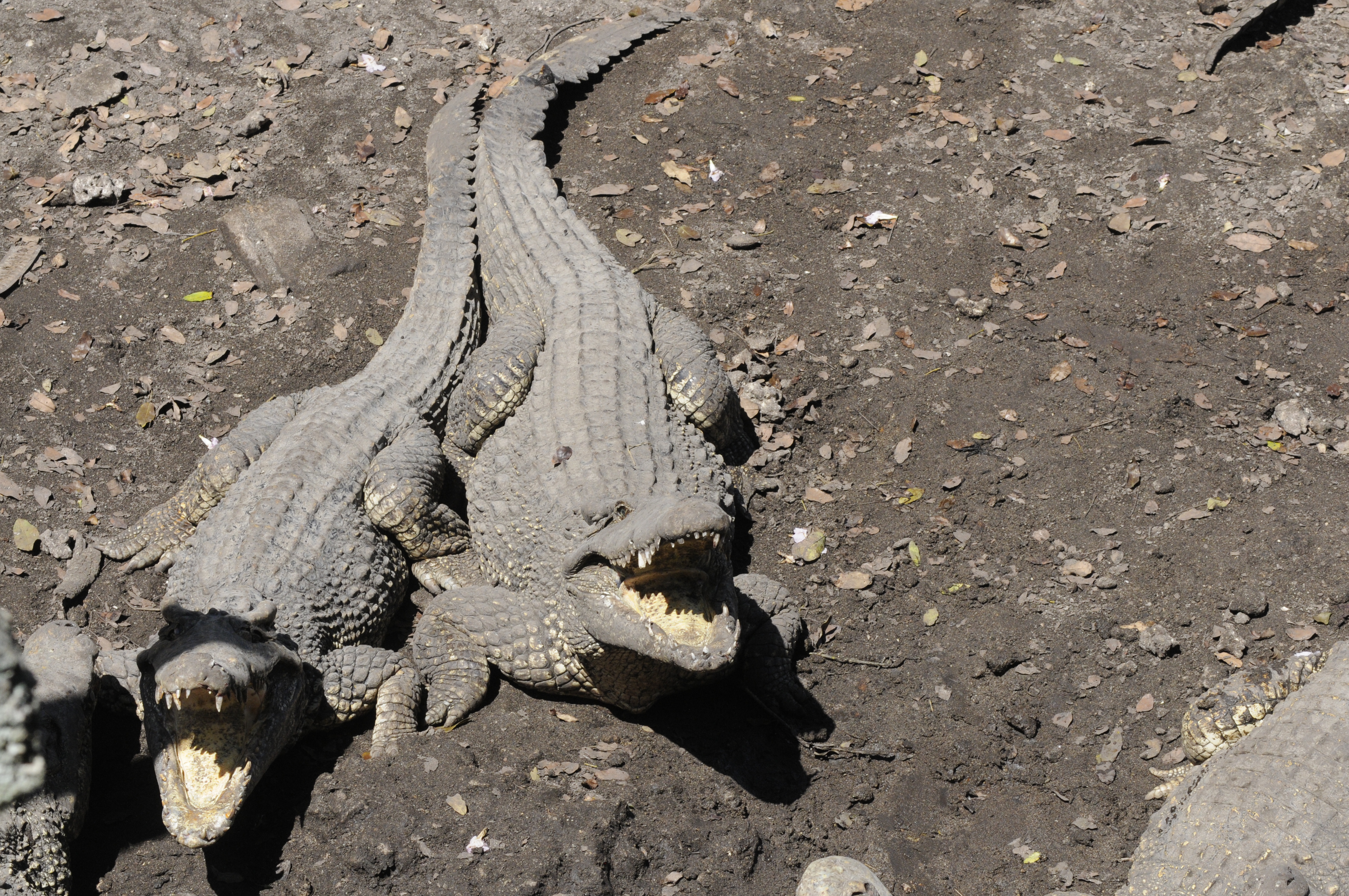Contemplative diving:
Diving and Snorkeling are among the most important attractions for the region, there are five International Diving Centers: Playa Larga, Cueva de Los Peces, Punta Perdiz, Playa Girón and Caleta Buena. All of them offer courses in different specialties with the international SSI certification: Open Water, Advance and various specialties. There are 11 environmentally certified diving spots in the region and some of them are related to ancient legends about corsairs and pirates that haunted the area.
Diving is done from the coast, it is not necessary to use boats due to the proximity of the talub (between 80 and 100 m from the coast) which allows double diving during the day plus one dive at night. These characteristics allow Multilevel Diving, slowly descending from the coast to the depth the diver wishes and vice versa. Additionally, deep diving can be carried out up to more than 30 meters. One of the diving attractions in the region is the existence of four small sunken boats that are located 150 m from the coast and where abundant marine life can be observed. Cliffs, tunnels and flaps are very common on the seabed of this region. There are also plenty of elk antlers, leaf corals, star corals, sea fans, black coral, a variety of barrel-shaped sponges, tubular, baskets and cups, a variety of fish species. Upon reaching the veril about 100 meters from the coast, another great attraction appears, the steep wall with depths of 40 meters where you can find large sponges, gorgonians and corals.
Diving in the Zapata Peninsula is based on the principles of preserving underwater ecosystems, with the entire area where it is performed, within a protected area and always accompanied by highly experienced professional instructors, horizontal visibility in winter is 30 m and in summer 25 m and temperatures oscillate in summer around 32 ° C and in winter 27 ° C.
The transport to the diving points mail by the client with the exception of the clients that are served in the CIB of Playa largo and Playa Girón los cueles have 24-seater buses to transport them to the diving point of their choice. The carrying capacity or assimilation of daily customers of the product in the territory given its extension is 15 pax per point x days in maximum groups of 8 pax per dive and in the case of snorkeling it is 15 pax per instructor. It is an activity with a certain degree of complexity that involves risks, so that before the dive, clients must previously sign a certificate of responsibility.



